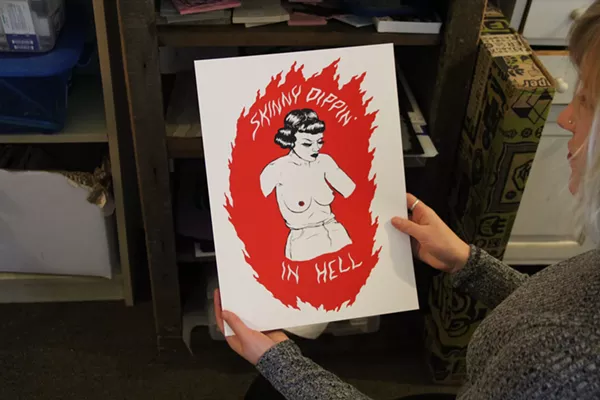
All photos by Sara Barron
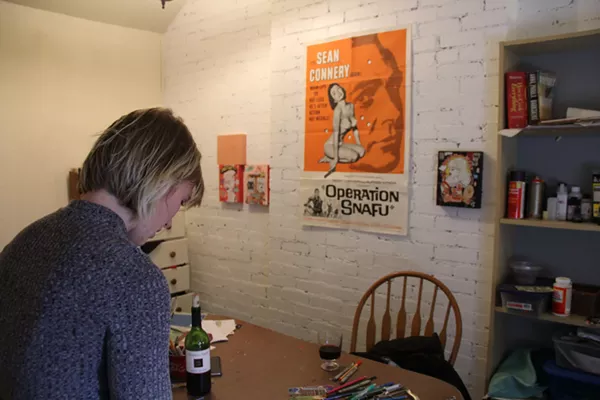
Cahill in her studio.
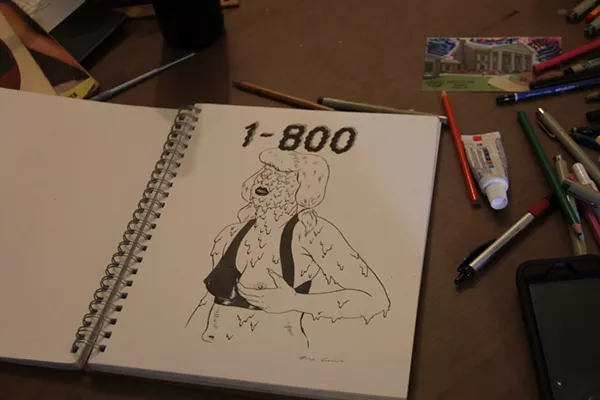
“I like messing around with ideas of what’s acceptable sexually and the power structure between women and their own body, especially in terms of how they’re portrayed in illustration,” Cahill says. “I mean, it’s weird,” she admits. “But this might turn a guy on because her boob is out, or it might turn a woman on, or it might turn everyone totally off because it’s just weird. And all of that is OK with me.”
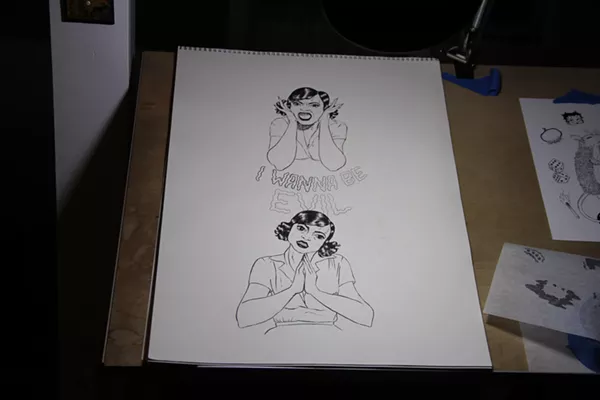
The rest of Cahill’s studio hosts an array of similar Stepford wife-meets-punk rock imagery, falling under the umbrella of famed illustrators like R. Crumb and Eric Stanton, both of whom Cahill finds equally inspiring and problematic. Crumb and Stanton both operate in the realm of vintage erotica — the woman in their drawings are portrayed as powerful dominatrix types. Cahill explains that, while she appreciates Stanton and Crumb’s use of female power and unconventional body types, having a man behind the pencil, or brush (or whatever) can force the images more toward fetish than female empowerment.
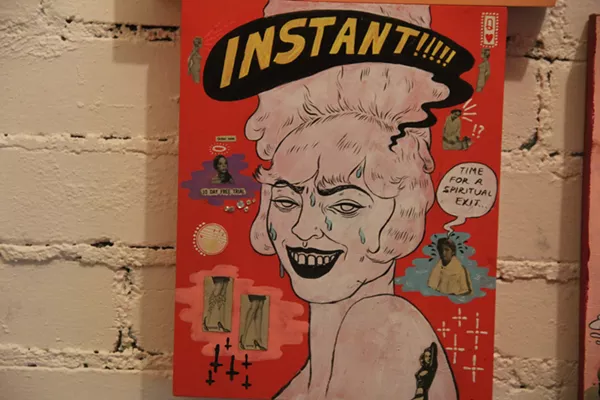
The line between empowerment and objectification seems thin when it comes to nude figures, but Cahill says sometimes it’s just a matter of who’s behind the lens, so to speak.
And yet, Cahill admits that while most of her work is meant to empower, sometimes, it’s just about sex.
“Sex is something women think about just as much as men, and I don’t find it problematic for me to draw titillating artwork,” she says. “That is two people getting it on, and there’s not a deeper meaning to it, necessarily, and I’m OK with that.”
Aside from her figurative work, you may have seen some of Cahill’s art around town if you are at all engaged in the local music scene. Shortly after Cahill moved to Detroit via Ann Arbor in 2015 (she originally is from the Grand Rapids area), Party Store Productions’ Virginia Benson commissioned her to design artwork for local concert posters. Since then, Cahill has worked on posters promoting artists like Waxahatchee, A. Savage, Stef Chura, and Thurston Moore. She explains that this type of commissioned work hits close to home, as she has often looked to punk and rock ’n’ roll poster art to guide her vision.
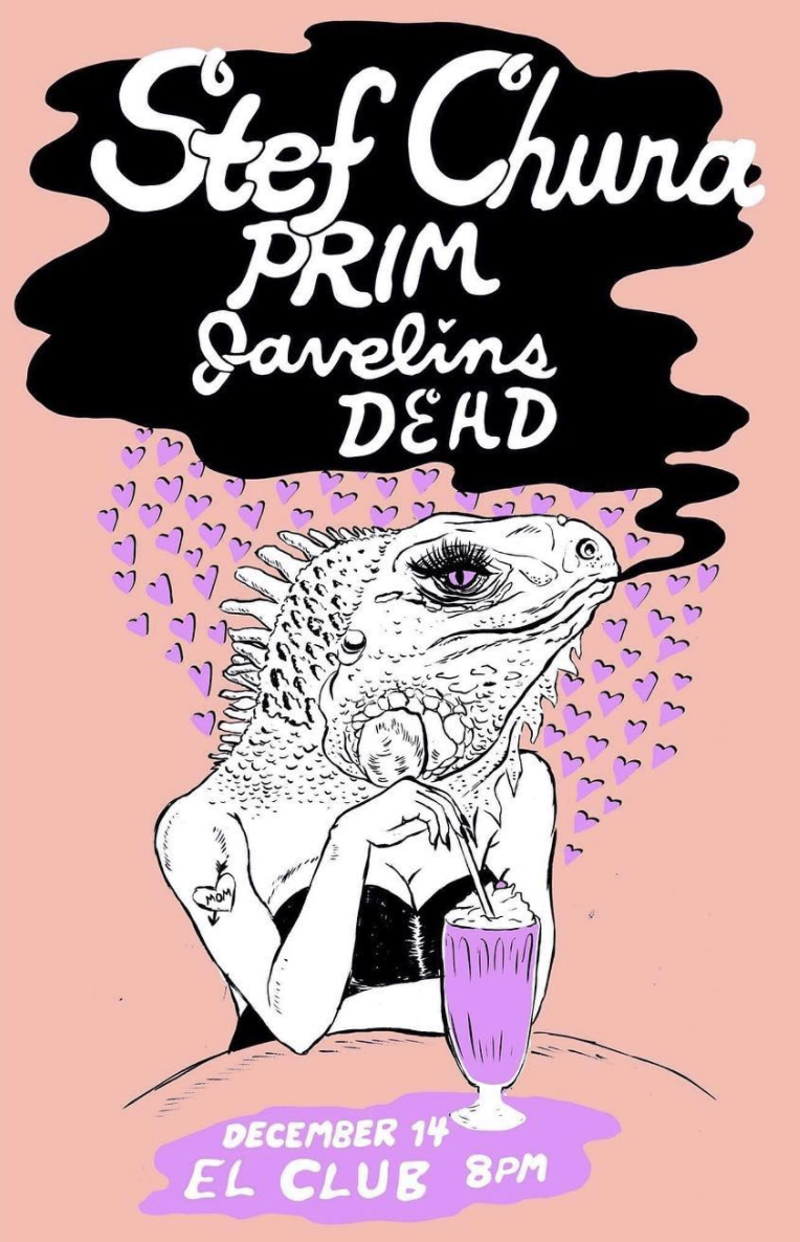
Whether it’s drawing a lizard-headed seductress for a Stef Chura concert poster or re-creating stills from a 1953 “I Want to Be Evil” Eartha Kitt music video, Cahill is constantly producing magnetizing work that adds a unique spin to the Detroit arts community.
“If I could pick something that I’ve consistently loved my whole life, it would be art,” Cahill says. “The more I’m surrounded by it, the happier I am.”
You can find more of Cahill’s artwork at lucycahill.bigcartel.com. An exhibition is planned for Jan. 15. at southwest Detroit’s Grey Area, 4200 W. Vernor Hwy., Detroit.






